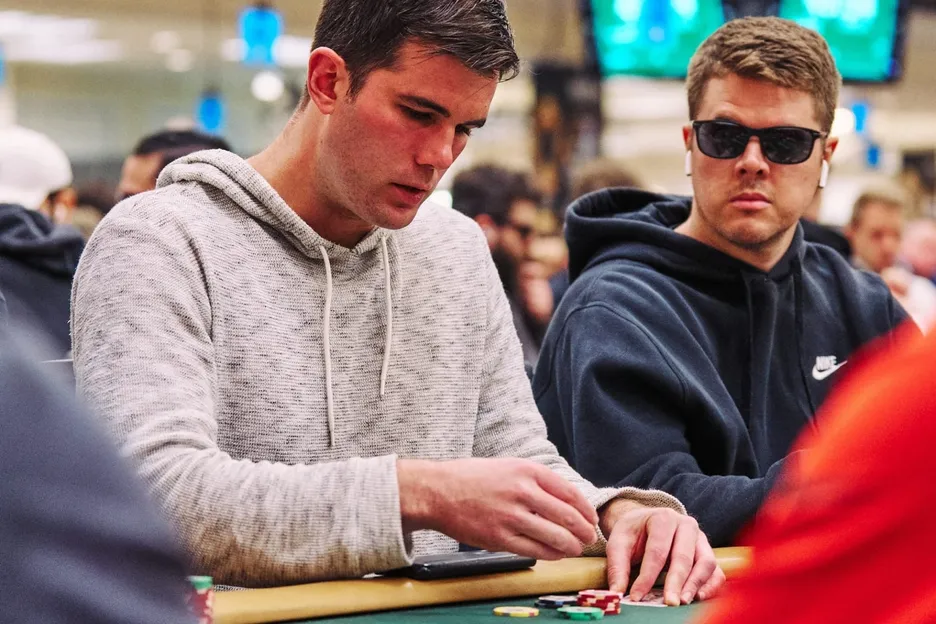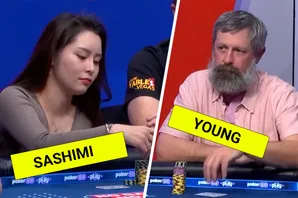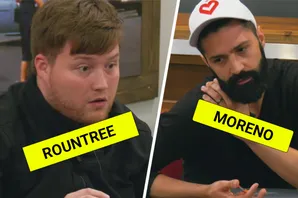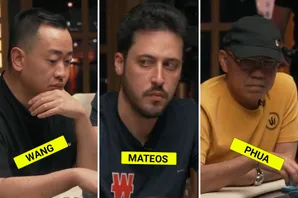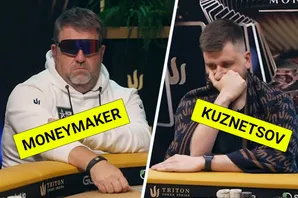Alex Fitzgerald, the strategic brains behind our book Improve Your Poker NOW — A Guide for Serious Amateurs, didn’t become a top coach without the ability to poignantly illustrate important concepts. One of his best lines goes like this. 'Do you think the Bellagio built those fountains without knowing its edge on every single bet in the building?'
Here's what he means. Casinos understand everything that happens under their roofs. No casino would introduce a new game, then check the numbers a few months later to see if it was actually making money. Every detail is scrutinized to assure the house wins in the long run. They know exactly where every one of their edges lie.
Poker players should approach playing the same way. If you want to be a winner, you must understand your advantages and disadvantages in any situation you face. What is your edge, and how will you exploit it?
In the big picture, a winning player’s edge comes from superior theoretical understanding, experience, and execution. That’s how to beat the field over days, weeks, months, and a career.
In the short run, however, you don’t need to focus on the whole field. You’re not worried about beating the people over at Table 32. You can only win chips from the folks seated beside you. Playing the same way against everyone, even if it’s your 'A' Game, is like driving a racecar that’s only firing on seven cylinders. To win big, you must fine-tune your approach to the individuals you are facing.
From observation to action
On the surface, this advice reeks of being obvious. Everyone knows you need to adapt to your opponents. But be honest with yourself. Do you consistently invest your energy in figuring out the ideal approach to each of your foes? Most people only start down that road. They never finish the job.
Many players will get as far as noticing particular characteristics about an opponent: This one’s opening with a lot of weak hands. That one rarely defends his blinds. She’s check-raised three times, but always with strong holdings. He calls a lot on the river.
All of those observations are great. But studying adversaries is only half the battle. To complete the process, you must decide, opponent by opponent, how you will take advantage of the information you discover. Your edge comes from implementing the right response.
Putting the wheels in motion
How does this look in practice? Let’s think through a couple examples.
Consider the opponent that you noticed was opening with garbage. Your next step could be to actively look for chances to three-bet them when you’re in position, hoping to isolate their weak range while you have the betting lead. For the opponent that calls too much on the river, you could make special effort to bet your modest made hands for value. River bets are huge, and getting paid off just one more time can change the course of a tournament.
The list goes on and on. Edges come in all shapes and sizes. If you find an opponent that telegraphs their preflop action early, your power play could be as simple as looking left to check them out before you act. Not every response will be flashy, but keeping an active inventory for each player is sure to pay dividends.
Sometimes your edge is NOT playing
It’s crucial to understand that having an edge does NOT require being 'better' than your opponents. In tournament poker, you don’t get to pick your adversaries. Even in an event with a weak field, you could end up seated with a murderer’s row of crushers. But that doesn’t mean you don’t have an 'edge.'
Suppose you find yourself sitting across from Phil Hellmuth (below), Daniel Negreanu, and Kristen Foxen. Every time you look one of them is in the hand. Bad beat, right?
Not necessarily. Sure, they are better than you are. You know that. They know it too. And because they know, they will want to beat you down through a series of small pots — pots they can safely dictate on their own terms. The last thing they want to do is risk their whole stack on a coin flip.
Once you realize this, your edge becomes apparent: Take away what they want and serve up what they don’t. Don’t engage them with weak hands and then give up when you miss — that’s right where they want you. Tighten up a bit. Mostly stay out of their way. When you do play, force them into the big, uncomfortable gambles they despise. (Back in 2006, Blair Rodman, Lee Nelson, and Steven Heston published an entire book called Kill Phil, which was devoted to helping beginners beat the pros by playing tight, big pot poker. That’s a classic example of how even a weak player always has an edge if they know where to look.)
Putting it into action
Like so many poker concepts, the challenge is in the implementation. Everyone intends to exploit their opponents, but many fall short and end up playing their 'normal' game against everyone. What’s the best way to execute at the table?
Here’s a suggestion. Poker tournaments come with a regular schedule of breaks — hourly online, and every two hours (usually) live. These breaks are an ideal opportunity to review your edges.
When you sit down for a tournament, you should initially focus on observation. Blinds are low and pots are small. You don’t know much about your foes, so just playing solid poker is smart. That will give you time to accumulate an adequate sample size before adapting.
Once the first break arrives, you’ll have enough data to really go to work. First, assess your table overall. Are there general trends you can exploit, like a group that’s super tight or wildly loose? The best edges are ones that apply to multiple foes, so those deserve priority.
Once you’ve evaluated the big picture, work through each player individually. What have you learned about them, and how will you use that info? Be specific. Identify the particular plays you will make if the right opportunity arises. If it helps you to make these ideas concrete, literally type a few notes into your phone or scribble some details on a piece of paper.
As play continues, you’ll gain more information. Of course, players will also bust and be replaced with new faces. You might get moved to a new table, restarting the process entirely. But another break is coming, and with it, a chance to thoughtfully reassess.
Throw the haymakers
Whether it’s attacking a player who rarely defends his blinds or check-raising a foe who c-bets too often, you can find an edge against nearly every opponent you’ll face. But find is the key word. The process requires effort. Noticing quirks about your adversaries only gets you halfway there. You have to take advantage of what you’ve learned.
To play your best poker, you must seize every advantage available against every possible opponent. Sometimes these edges won’t be flashy — nitting it up can be just as important as bulldozing your foes. Teach yourself to formulate a response for any type of player you could face.
Find your edges, plan your attacks, then ride them to victory.
Additional image courtesy of PokerGO.


